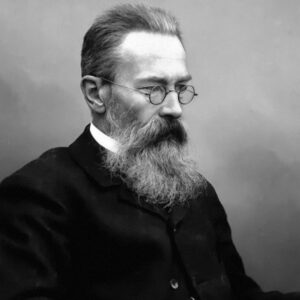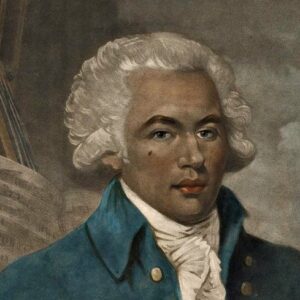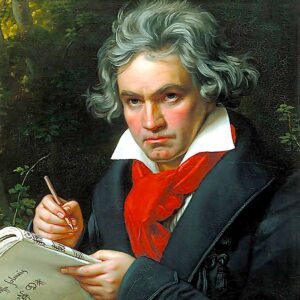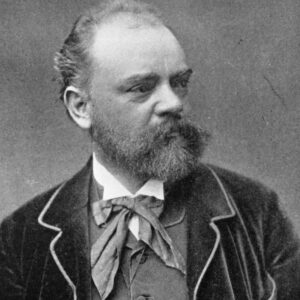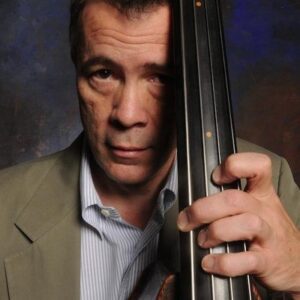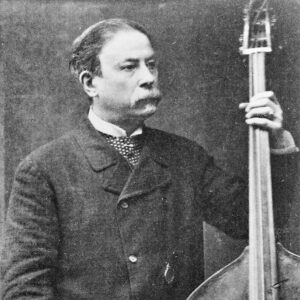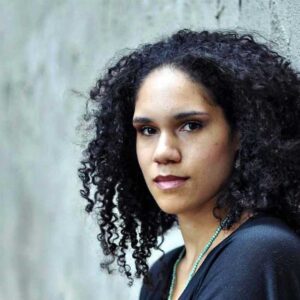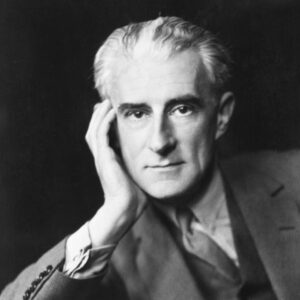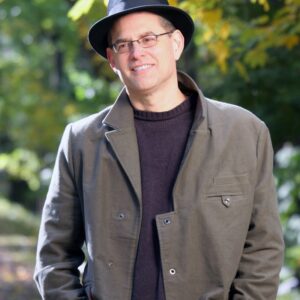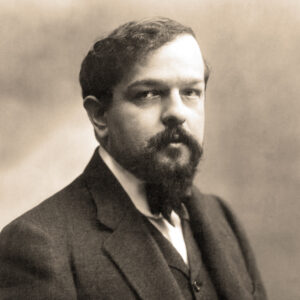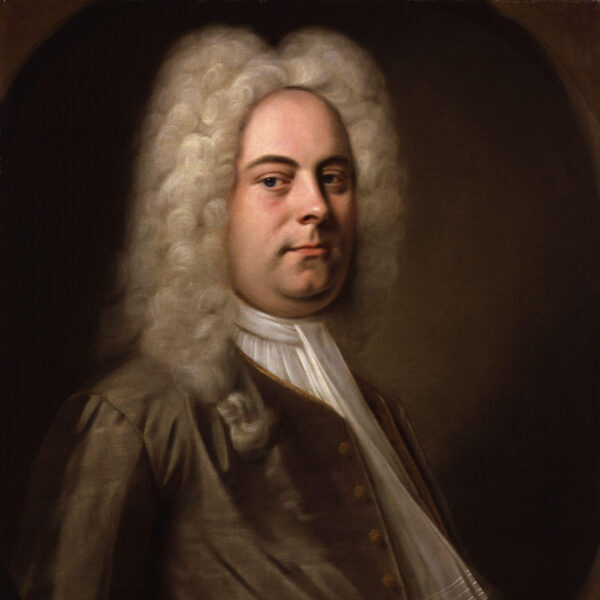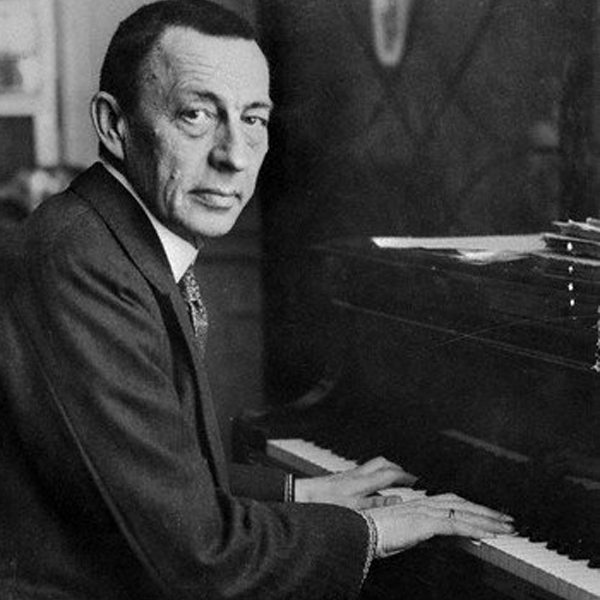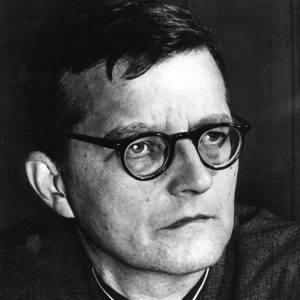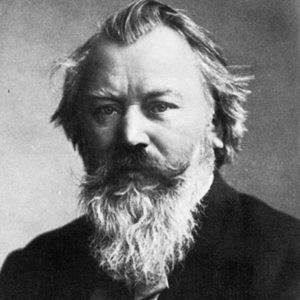Franz Joseph Haydn
Concerto No. 1 in C Major for Cello and Orchestra, Hob. VIIb/1
[Franz] Joseph Haydn was born in Rohrau, Lower Austria on March 31, 1732 and died in Vienna on May 31, 1809. His long and productive career spanned the end of the Baroque Era to the onset of the Romantic. Famed for his incomparable contribution to the development of the symphony and string quartet, Haydn composed an enormous amount of music in other genres, including sacred choral music. His Cello Concerto in C Major stems from the early to mid-1760s, and was composed for Joseph Franz Weigl, the principal cellist of the private orchestra of the Esterházy Prince, Nicolaus. It is scored for solo cello, 2 oboes, 2 horns, and strings.
Joseph Haydn was one of the most fortunate composers of the late eighteenth and early nineteenth centuries in that, starting in 1761, he enjoyed the steady patronage of the wealthy and powerful Esterházy family of Hungarian Princes, for whom he composed an astonishingly large number of compositions. It mattered little to the younger Haydn that his workload was exceedingly heavy and that his compositions were the sole property of his employer. Greater artistic freedom would come his way eventually.
Haydn accounted for his first Concerto for Cello in his own handwritten catalogue of works created in 1765. There we find the opening notes of the first movement, but nothing more. It was not until 1961 when the Czech musicologist, Oldřich Pulkert, discovered a copy of the complete score in Prague’s National Museum. Until then, another Cello Concerto in D Major by Haydn, composed some twenty years after the C-major Concerto, was the only one believed to have survived. Since the Czech manuscript was not in Haydn’s own hand, some time passed before scholars were able to say with certainty that the earlier work was an authentic work of the master. It was published and recorded not long after its discovery, much to the delight of cellists and lovers of Haydn’s music, and soon be recognized for the masterpiece that it truly is.
There can be little doubt that Haydn composed this work to please the brilliant cellist, Joseph Franz Weigl, who was a member of Prince Esterházy’s excellent orchestra at Eisenstadt and the magnificent summer palace known as Esterházá, located now in Fertőd, Hungary. Haydn composed concertos for other highly-skilled members of the Prince’s orchestra, as well as composing soloistic (concertante style) passages in his early symphonies. The Concerto in C Major is in three movements, the first of which is composed is a Moderato in the galant style typical of the transition from the Baroque ritornello form (tutti passages for orchestra interspersed with lightly accompanied solo passages) and featuring elegant and graceful melodic writing. The second movement, Adagio, is particularly affecting, one might even say profound and poetic essay, especially given how early a work it is. The solo cello’s entrance on a long-sustained single note, and the movement’s soulful middle section in a minor key, are especially poignant. The lively Allegro molto final movement again calls for the soloist to enter on a single held note. In this romp of a finale Haydn gives Weigl (and all subsequent soloists) the chance to strut their stuff with plenty of brilliant virtuosity.
Program Note by David B. Levy, © 2022



